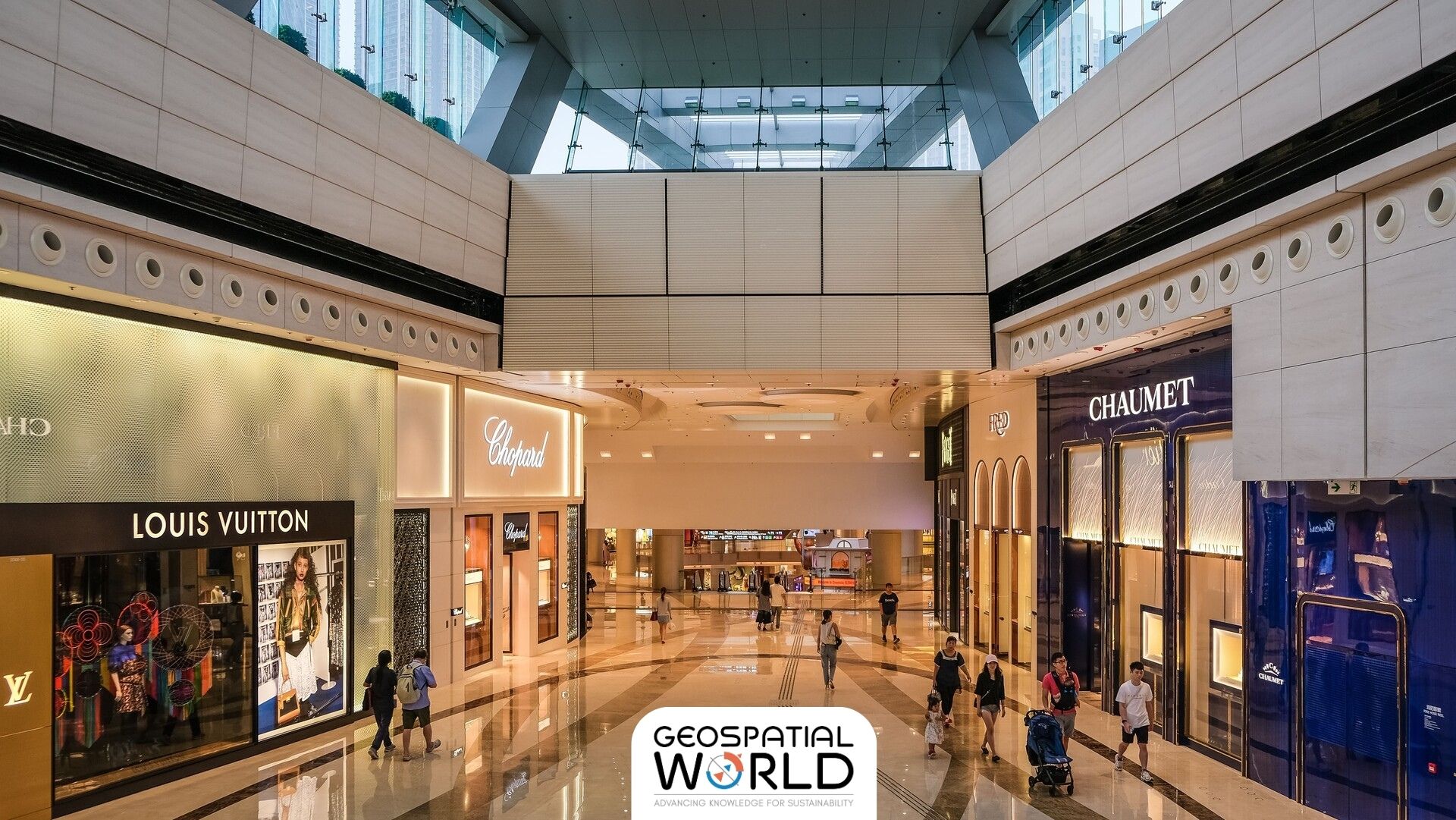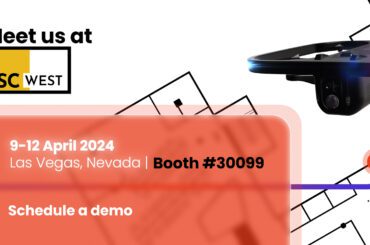Published in GeospatialWorld by Jeffy Jacob
Security stands as a paramount concern within the retail realm. Security personnel and cameras alone cannot adequately cover all areas of a retail property in event of a theft.
Drones offer a novel solution by providing real-time video surveillance of facilities, warehouses, stores, and their surroundings. They enable monitoring and inspection of critical areas and locations that cameras and security guards may not effectively cover.
Drones, also in conjunction with security sensors, can detect potentially suspicious activities. In the event of theft, drones trigger the security system, promptly notifying the security team while continuously tracking the perpetrator, sharing real-time location updates, and alerting the authorities.
Why not using static cameras instead of drones?
Though they have their advantages, stationary cameras come with their own set of cumbersome problems, primarily being stationary. This can be a real problem as the location of the cameras can be a target for outside interference.
Cameras can’t communicate or respond to changes in instructions while autonomous drones can be very interactive. Drone fleets can fly round the clock, automatically docking in charging stations when their power runs low.
The capital expenditure on drones is also a fraction of the cost of stationary cameras or even human personnel.
A leading Robotics company, Indoor Robotics leads the way in this aspect. Their primary indoor surveillance drone Tando™ is designed to efficiently handle tedious, repetitive tasks to reduce false alarms, costs, and risks in various environments, especially in warehouses and retail malls, and stores.
The advantages include detecting intruders, validating false alarms, and picking up on fires or any safety hazard using sensors. MedOne, Israel’s largest data center hub, has implemented Indoor Robotics’ Tando system at its biggest server farm in Israel for improving security and safety.
Read the full article here.






